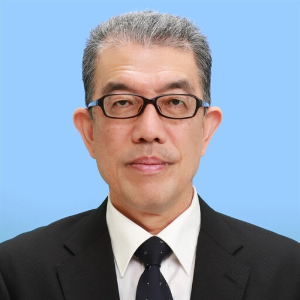Title : Preparation of nitrogen-containing carbonaceous adsorbent from PAN fiber to remove nitrate ion from aqueous phase
Abstract:
In this conference, we would like to give you a short review and also show our current experiences on the development of adsorbents to remove nitrate from water. Starting material for the adsorbents is commercially available air stabilized polyacrylonitrile (PAN) fiber, namely PYROMEX. The PAN fiber contains as much as 20 wt-% nitrogen element in its structure. Some nitrogen species such as protonated amine (R-NH3+) and quaternary nitrogen (>N+=, N-Q) are expected to attract negatively charged nitrate ion (NO3-). Since higher temperature (500-1000°C) have to be used for activation reaction of the PAN fiber to develop pore structure, the amine groups will easily decomposed to ammonia (NH3) gas. On the contrary, higher temperature is favourable to generate N-Q species; other type of nitrogen like pyrrole (N-5) and pyridine (N-6) will be converted to N-Q by just annealing above 800°C. The other essential factor required for adsorbent is porous properties of high specific surface area. Increasing surface area can be achieved by physical and chemical activations, but leading to decrease in nitrogen content during the activation process. Trial and error experiments demonstrated that zinc chloride (ZnCl2) activation would be an appropriate method to develop porous structure with minimizing the loss of nitrogen element in the PAN structure. Optimum conditions of ZnCl2/PYROMEX ratio and temperature profile for activation and annealing temperature are now investigated to maximize the adsorption capacity of nitrate. For the present, adsorption amount of 0.7-0.8 mmol/g can be obtained and the value is about a half of maximum adsorption capacity of ion-exchange resin (HP555). Therefore we would like to discuss especially the preparation procedure (e.g.; temperature profiles) to develop porous structure without losing nitrogen content on the surface of resultant carbon adsorbents and other strategies for rise in nitrate adsorption capacity.
Audience take-away:
- We can show you a possibility of carbon surface to uptake negatively charged ionic pollutants.
- Some audiences feel ion-exchange resin will be replaced with newly developed carbonaceous adsorbents in the near future.
- Carbonaceous materials will be one of the most important sustainable materials; nitrogen doped carbon can be used not only adsorbents but also applied as capacitors, etc.



